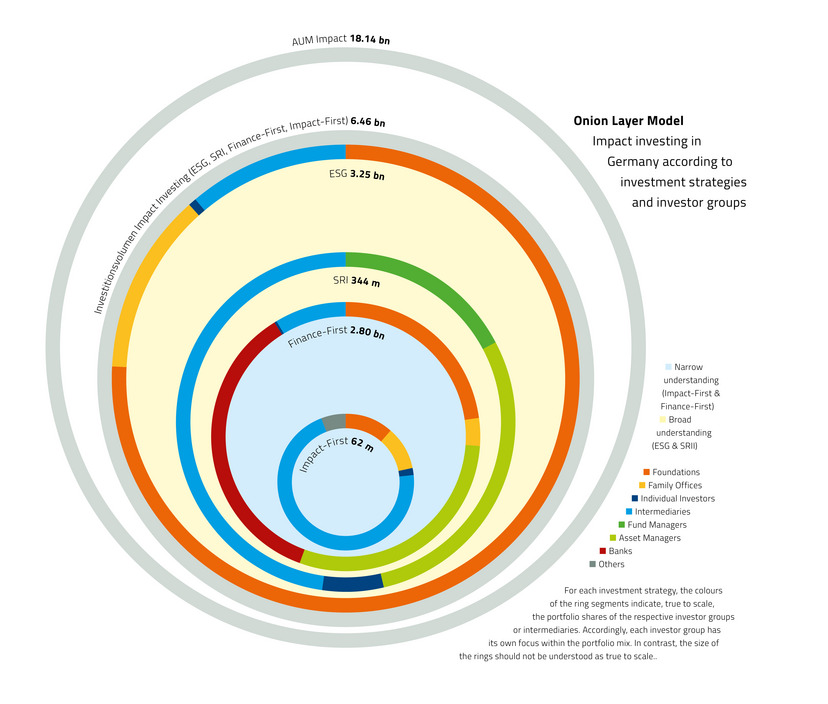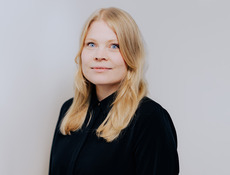In recent years, more and more players have become involved in impact investing. Foundations, family offices and private individuals in particular, but also funds and financial institutions are creating a dynamic field and a broad base. The majority of them are driven by the motivation to tackle pressing social issues and to realize the Sustainable Development Goals (SDGs). Accordingly, nearly €1 billion has been invested in the three prioritized SDGs - SDG 3 Health and Wellbeing, SDG 7 Affordable and Clean Energy, and SDG 11 Sustainable Cities and Communities. However, investors in particular also see impact investing as a tool to achieve their own impact goals. At the same time, they mostly expect competitive financial returns - which is not a paradox, shown by the high satisfaction of investors with their financial returns. In the Corona crisis, impact investments even demonstrate a high level of resilience.

© mihacreative - stock.adobe.com
The market is bigger, more diverse and growing: impact investing is on the rise
The impact investing market in Germany showed significant growth in 2020 with a volume of € 2.9 billion, compared to only € 69 million in the previous study from 2016. New players with investments across all asset classes and SDGs are stimulating the sector and want to tackle pressing social issues.
Tackling social issues and generating competitive returns
Spectrum of impact investing: from a value-oriented narrow understanding to a broad understanding of avoiding risks
Due to a lack of common definitions, a spectrum of possible definitions was used in the study. The figure shows investment volumes by asset class and investor group.

© CSI, Universität Heidelberg
The graphic was created for the market study "Impact Investing in Germany 2020 - A Dynamic Growth Market". The authors of the study are Volker Then and Tobias Schmidt. The rights are held by CSI, University of Heidelberg.
A narrow understanding of impact investing includes the Impact-First and Finance-First approaches. The impact-first approach focuses primarily on social or environmental impact and secondarily on financial return. According to this understanding, the market volume amounted € 62 million. The Finance-First approach focuses on financial return, but combined with social or environmental impact. According to this understanding, € 2.8 billion was invested.
In total, therefore, € 2.9 billion was invested in accordance with the narrow understanding of impact investing. A comparison with the investable market volume of € 69 million last surveyed in 2015 shows that the market has reached a new stage of development.
In a broad understanding of impact investing, which includes the two other approaches Socially Responsible Investments and ESG Investing, the market volume even totals € 6.5 billion. These investment strategies can also have a positive impact, but they focus on avoiding social, environmental and governance risks.
How the momentum can be fostered?
Market participants are calling for greater transparency, a deeper understanding of the market and common methods of impact measurement. The market study and its twelve case studies are the beginning of a continuous market monitoring that provides improved information and thus strengthens market transparency. As a central institution for impact investing in Germany, the German NAB - Bundesinitiative Impact Investing - offers a platform for exchange, knowledge transfer and networking. In addition, it is committed to setting standards for impact measurement and improving the framework conditions for impact investing in Germany.
Last but not least, impact investing is seen as part of the solution to the Covid-19 crisis. The positive impacts on the existing system has never before been more crucial and the call for sustainability has never before been louder.



